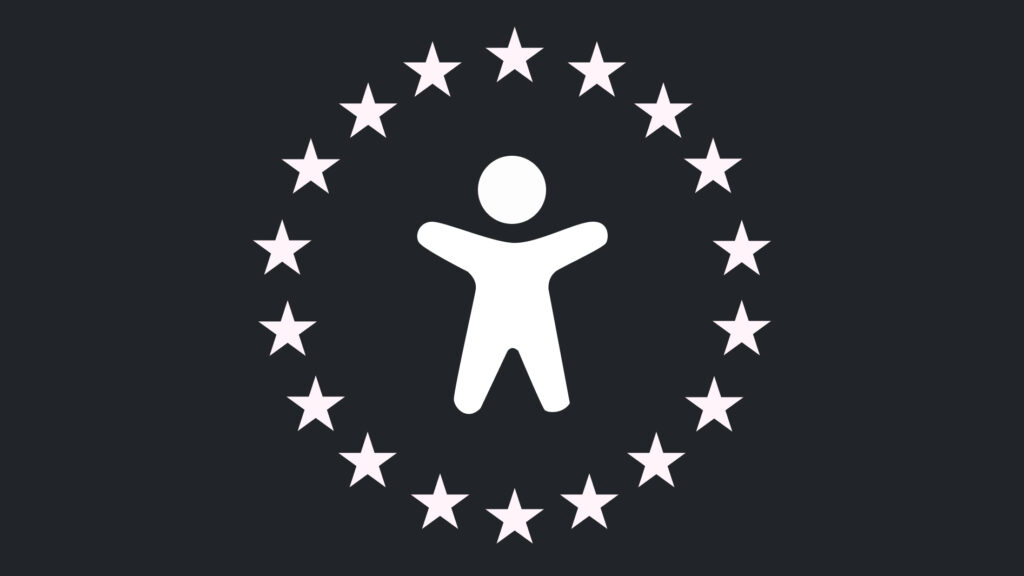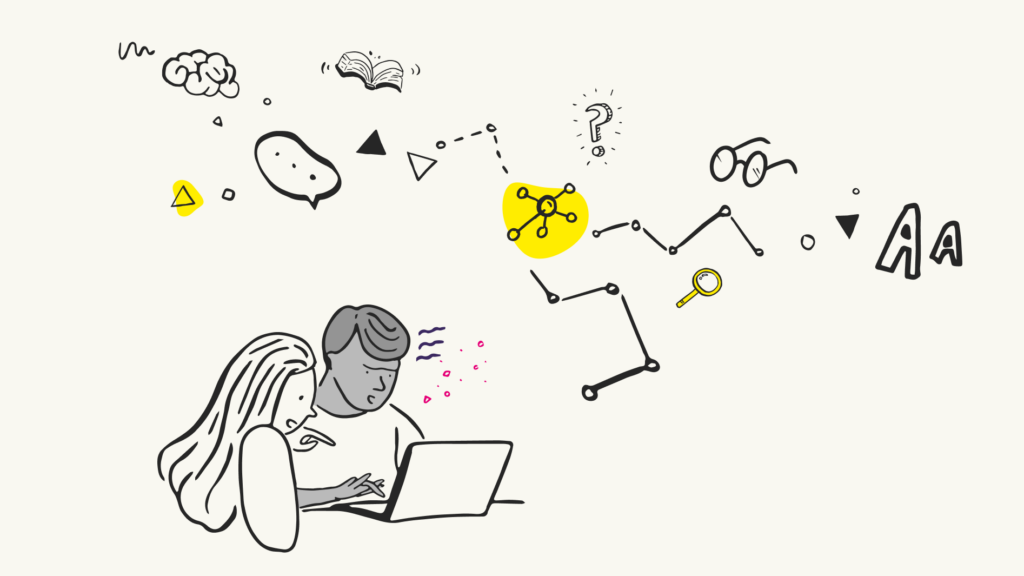The Web Content Accessibility Guidelines are developed by the Web Accessibility Initiative (WAI). The WAI are a branch of the World Wide Web Consortium (W3C), the organisation that provides guidelines and specifications for many web technologies. The mission statement for the W3C explains the organisation’s aim:
The World Wide Web Consortium (W3C) develops interoperable technologies (specifications, guidelines, software, and tools) to lead the Web to its full potential.
The Web Content Accessibility Guidelines are recognised as the international standard for building accessible websites, and measuring web accessibility. They are part of a suite of guidelines that represent three different aspects of web accessibility:
- Authoring Tool Accessibility Guidelines (ATAG)
- Web Content Accessibility Guidelines (WCAG)
- User Agent Accessibility Guidelines (UAAG)
The Web Content Accessibility Guidelines are intended to cover accessibility issues relating to all kinds of disability. This includes visual, hearing, cognitive and physical conditions. The aim is to provide a unified approach to web accessibility, preventing a solution for one user group unintentionally becoming an obstacle for another.
Web Content Accessibility Guidelines 1.0
WCAG 1.0 were released in 1999, heralding the start of a new era in web development . For nearly a decade they have provided the basis for web accessibility, guiding the development of new websites and the evaluation of existing ones. WCAG 1.0 consist of 14 guidelines. Each guideline covers a basic theme of web accessibility.
- Guideline 1: Provide equivalent alternatives to auditory and visual content
- Guideline 2: Don’t rely on colour alone
- Guideline 3: Use markup and style sheets, and do so properly
- Guideline 4: Clarify natural language usage
- Guideline 5: Create tables that transform gracefully
- Guideline 6: Ensure that pages featuring new technologies transform gracefully
- Guideline 7: Ensure user control of time sensitive content changes
- Guideline 8: Ensure direct accessibility of embedded user interfaces
- Guideline 9: Design for device independence
- Guideline 10: User interim solutions
- Guideline 11: Use W3Ctechnologies and guidelines
- Guideline 12: Provide context and orientation information
- Guideline 13: Provide clear navigation mechanisms
- Guideline 14: Ensure that documents are clear and simple
Each guideline is broken down into a series of checkpoints. There are 65 checkpoints in total, and each one has a priority level assigned to it. WCAG 1.0 defines three priority levels:
- Priority 1 checkpoints are a basic requirement for some groups to be able to access web content
- Priority 2 checkpoints remove significant barriers to accessing web content
- Priority 3 checkpoints improve access to web content
Depending on how many checkpoints a web page meets successfully, a different conformance level is achieved. WCAG 1.0 defines three conformance levels:
- Single-A, achieved when all applicable priority 1 checkpoints are satisfied
- Double-A, achieved when all applicable priority 1 and 2 checkpoints are satisfied
- Triple-A, achieved when all priority 1, 2 and 3 checkpoints are satisfied
Web accessibility is measured on a page by page basis. The guidelines are applied to each individual page within a website and each page is awarded the appropriate accessibility level. A website is only as strong as its weakest page, but overall conformance is usually based on the level achieved by the majority of pages.
Web Content Accessibility Guidelines 2.0
WCAG 2.0 were released in late 2008, bringing web accessibility guidance up to date with modern web development techniques. In the time since WCAG 1.0 were released, the assistive technologies used by people with disabilities improved dramatically. New technologies and techniques were also introduced into web development. WCAG 2.0 reflects these changes, taking a wider range of web technologies into account. WCAG 2.0 consist of four principles:
- Principle 1 Perceivable: Information and user interface components must be presentable to users in ways they can perceive
- Principle 2 Operable: User interface components and navigation must be operable
- Principle 3 Understandable: Information and the operation of the user interface must be understandable
- Principle 4 Robust: Content must be robust enough that it can be interpreted reliably by a wide variety of user agents, including assistive technologies
The principles are broken down into 12 guidelines:
- Guideline 1.1 Text alternatives: Provide text alternatives for any non-text content
- Guideline 1.2 Time based media: Provide alternatives for time based media
- Guideline 1.3 Adaptable: Create content that can be presented in different ways
- Guideline 1.4 Distinguishable: Make it easier for users to see and hear content
- Guideline 2.1 Keyboard Accessible: Make all functionality available from a keyboard
- Guideline 2.2 Enough Time: Provide users enough time to to read and use content
- Guideline 2.3 Seizures: Do not design content in a way that is known to cause seizures
- Guideline 2.4 Navigable: Provide ways to help users navigate
- Guideline 3.1 Readable: Make text content readable and understandable
- Guideline 3.2 Predictable: Make web pages appear and operate in predictable ways
- Guideline 3.3 Input Assistance: Help users avoid and correct mistakes
- Guideline 4.1 Compatible: Maximise compatibility with current and future user agents
Each guideline is further broken down into a number of checkpoints. There are 61 checkpoints in total, and each one has a number of success criteria assigned to it. WCAG 2.0 defines three levels of success criteria:
- Level A, the most basic level of accessibility
- Level AA, the intermediate level of accessibility
- Level AAA, the highest level of success criteria
WCAG 2.0 measures conformance using the same three levels that define the success criteria. This approach also carries through the conformance levels used in WCAG 1.0, although the terminology is slightly different:
- Level A, achieved when all applicable Level A A success criteria are satisfied
- Level AA, achieved when all applicable Level A and Level AA success criteria are satisfied
- Level AAA, achieved when all applicable Level A, Level AA and Level AAA success criteria are satisfied.
Which guidelines should you use?
The W3C recommend using WCAG 2.0 as the basis for all new and updated content on the web. It also recommends referencing WCAG 2.0 in web accessibility policies or statements. However, as the W3C acknowledge, it is possible to conform to WCAG 1.0, or WCAG 2.0, or both.
How we can help
Ready to make your website speak to everyone? Explore our Accessibility Services for a user-friendly digital experience. Elevate your brand, broaden your reach, and ensure inclusivity effortlessly.
Explore our case study to witness how we’ve played a pivotal role as Royal Mail’s long-term accessibility partner, driving progress towards WCAG 2.0 Level AA and shaping a robust digital accessibility framework.
We drive commercial value for our clients by creating experiences that engage and delight the people they touch.
Email us:
hello@nomensa.com
Call us:
+44 (0) 117 929 7333




